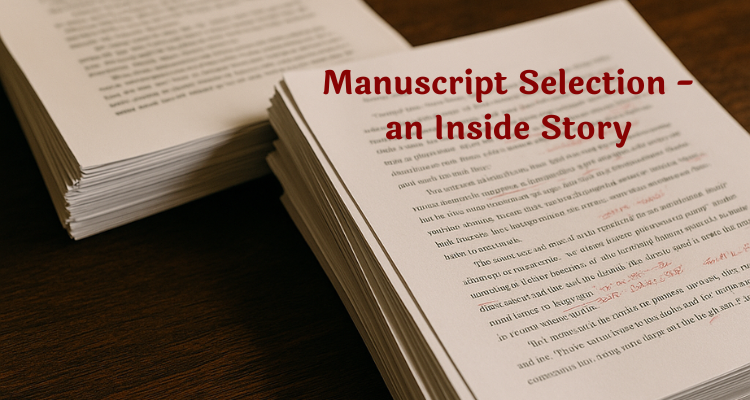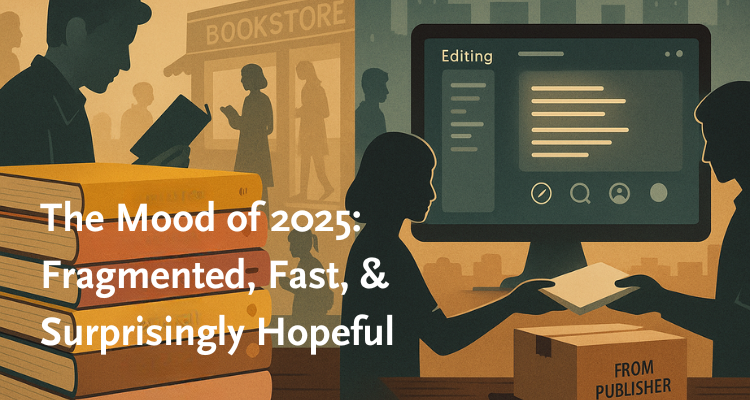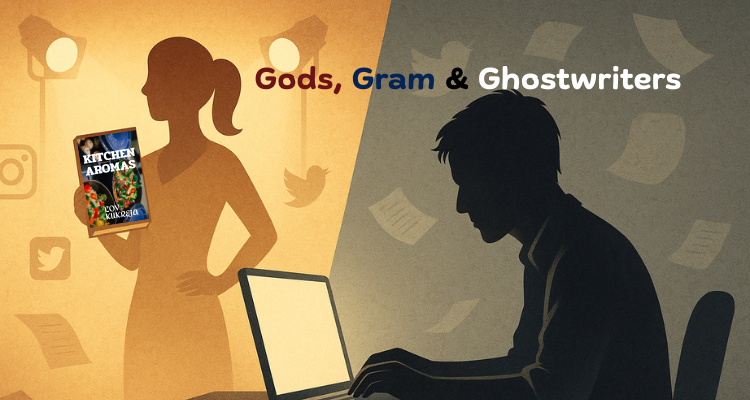Dalit Women in Literature: Writing the Triple Burden of Caste, Class, and Gender
April 04, 2025

In the vast landscape of Indian literature, Dalit women writers occupy a unique and powerful space—they are voices not just from the margins but from the margins of the margins. Oppressed by caste, class, and gender, Dalit women have historically been denied the right to speak, write, or even be seen. However, with the emergence of Dalit feminist literature, this silence has been broken—loudly, unapologetically, and politically.
Understanding the “Triple Burden”
Coined by Black feminists in the U.S. and adapted to Indian social realities, the term “triple burden” refers to the intersecting oppression of caste discrimination, economic marginalisation, and gender-based violence faced by Dalit women.
Dalit women are:
- Excluded by upper-caste patriarchal society
- Marginalised within their Dalit communities
- Exploited in socioeconomic structures through domestic and manual labour
Their literature does more than tell stories—it exposes structural inequalities within the home, community, and state.
Bama: The Voice of Rural Dalit Catholic Women
Notable Work: Karukku (1992)
Language: Tamil
Bama, a Tamil Dalit Catholic woman, shot to literary fame with her autobiographical novel Karukku, which is considered the first Dalit feminist text in Tamil literature.
Key Themes:
- Double marginalisation: caste and religion
- Discrimination in Christian institutions
- Assertion of personal and communal dignity
In Karukku, Bama recalls the trauma of being treated as “untouchable” even in convent schools and by Christian nuns. She challenges the hypocrisy of upper-caste Christian morality, revealing how casteism persists across religious boundaries.
“I realised that being born Dalit is not a sin. To write about our pain is not blasphemy—it is resistance.” – Bama.
Her writings emphasise education and self-awareness as tools of emancipation, especially for Dalit women in rural Tamil Nadu.
Baby Kamble: Documenting Dalit Womanhood in Maharashtra
Notable Work: The Prisons We Broke (Jina Amucha, 1986)
Language: Marathi
Baby Kamble’s memoir is one of the earliest autobiographies by a Dalit woman. It narrates the lives of Mahar women in Maharashtra. Unlike upper-caste feminist writings, Kamble’s work highlights the lived experiences of hunger, child marriage, domestic violence, and untouchability from a distinctly Dalit perspective.
Key Themes:
- Internalized patriarchy in Dalit homes
- Resistance through Ambedkarite ideology
- The intersection of domestic violence and caste violence
Her writing critiques not just Savarna (upper-caste) oppression but also male domination within Dalit households, pointing to gender inequality even within oppressed communities.
“We were the beasts of burden. Even among the Dalits, we were the last.” – Baby Kamble
Kausalya Baisantry: Breaking Silence Through Autobiography
Notable Work: Dohra Abhishap (A Double Curse)
Language: Hindi
Kausalya Baisantry, a Hindi writer and activist, presents Dalit women's everyday indignities with an unflinching lens. As the title suggests, her autobiography, Dohra Abhishap, refers to the double curse of being a Dalit and a woman.
Key Themes:
- Social mobility through education
- Encounters with casteism in cities
- Silence and shame as social conditioning
Her work is significant for exploring urban casteism, challenging the myth that caste discrimination exists only in rural areas. Through her academic journey, she shows how Dalit women are often gaslighted and isolated in elite spaces.
Meena Kandasamy: The Revolutionary Poet of New-Age Dalit Feminism
Notable Works: Touch, The Gypsy Goddess, When I Hit You
Language: English
Meena Kandasamy is a writer from the third generation of Dalit people. Her poetry and prose boldly combine activism, sexuality, history, and politics. They are defiant, confrontational, and highly political.
Key Themes:
- Caste and sexual violence
- Marxism and anti-Brahminism
- Domestic abuse and feminist resistance
In When I Hit You, Kandasamy draws from her personal experience of marital abuse to explore how patriarchy weaponizes marriage against women. Her language is poetic, but her anger is sharp—and deliberate.
“You can’t kill a woman who’s already burning.” – Meena Kandasamy
She uses literature as a weapon of disruption, challenging not only Brahmanical patriarchy but also leftist hypocrisy that ignores caste.
The Impact of Dalit Feminist Literature
Dalit women’s writings have led to:
- Curriculum reforms in universities (Delhi University, JNU, and Ambedkar University now include Dalit feminist texts)
- Visibility in global literature festivals, including Jaipur Lit Fest and international readings
- Translations into multiple Indian and foreign languages, breaking linguistic barriers
- Social media amplification: Dalit feminist accounts and digital activism (e.g., Dalit Women Fight) use literary excerpts for advocacy
Dalit women’s literature is not just about identity—it is about revolution. These women write with the fire of experience, not for applause but to dismantle systems that have long dehumanised them. In doing so, they redefine feminism, expand literature, and demand that we confront the India we often refuse to see.






Awantika Singh
Apr 11, 2025
Nice blog
Add a comment
Add a comment